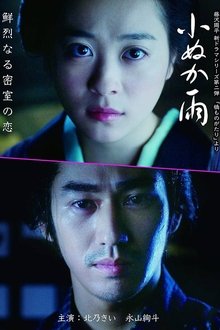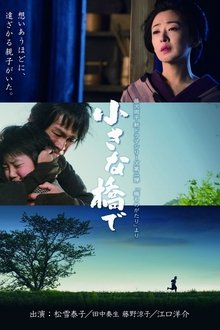Related Movies
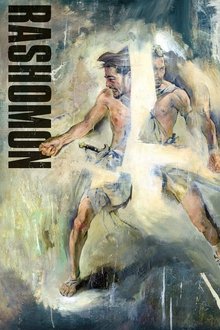
Rashomon (1950)
Four people recount different versions of the story of a man's murder and the rape of his wife.

Dances with Wolves (1990)
Wounded Civil War soldier John Dunbar tries to commit suicide—and becomes a hero instead. As a reward, he's assigned to his dream post, a remote junction on the Western frontier, and soon makes unlikely friends with the local Sioux tribe.

Downfall (2004)
In April of 1945, Germany stands at the brink of defeat with the Russian Army closing in from the east and the Allied Expeditionary Force attacking from the west. In Berlin, capital of the Third Reich, Adolf Hitler proclaims that Germany will still achieve victory and orders his generals and advisers to fight to the last man. When the end finally does come, and Hitler lies dead by his own hand, what is left of his military must find a way to end the killing that is the Battle of Berlin, and lay down their arms in surrender.

The Passion of the Christ (2004)
A graphic portrayal of the last twelve hours of Jesus of Nazareth's life.
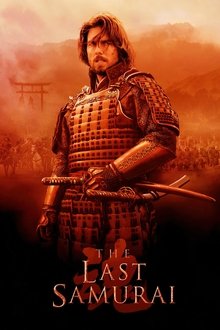
The Last Samurai (2003)
Nathan Algren is an American hired to instruct the Japanese army in the ways of modern warfare, which finds him learning to respect the samurai and the honorable principles that rule them. Pressed to destroy the samurai's way of life in the name of modernization and open trade, Algren decides to become an ultimate warrior himself and to fight for their right to exist.

Interview with the Vampire (1994)
A vampire relates his epic life story of love, betrayal, loneliness, and dark hunger to an over-curious reporter.
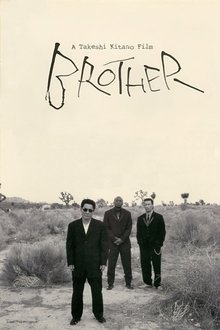
Brother (2000)
A Japanese Yakuza gangster's deadly existence in his homeland gets him exiled to Los Angeles, where he is taken in by his little brother and his brother's gang.

Ghosts (1915)
Helen Alving leads an outwardly contented life. On the eve of the 10th anniversary of her husband's death, she is about to open an orphanage as a memorial to him. To mark this occasion, her bohemian painter son Oswald has returned from Paris. Helen plans to take the opportunity to tell Oswald the truth about his father. But ghosts of the past erupt during an eventful evening, bringing the facade of civilised family life crashing down.
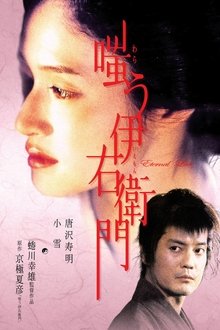
Warau Iemon (2004)
Having put down his sword and given up the will to fight, the masterless samurai Iemon lives in solitude while being haunted by his violent enigmatic past...

Vampire Assassin (2005)
Martial artist Ron Hall stars in this dark vampire thriller reminiscent of BLADE. Ambitious cop Derek (Hall) is dogged by a phobia that is unfortunate in his line of work. Having witnessed his father's murder as a young child, he is deathly afraid of blood, but when he takes the law into his own hands to catch underworld counterfeiter Gustoff Slovak, he is forced to face his fear. The operation blows up in his face, resulting in a massacre that leaves Derek the only one of his team to survive. Derek reaches the shocking conclusion that Slovak is actually a vampire, and joins forces with the last in a long line of vampire hunters, Master Kao, who agrees to train Derek in his ancient art. However, in order to combat Slovak--whose past intersects with Derek's own in disturbing ways--Derek must become that which he hates the most: a vampire.
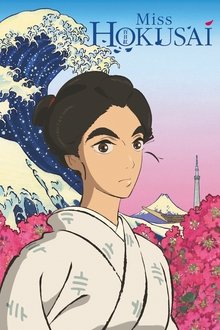
Miss Hokusai (2015)
A daughter is constantly overshadowed by her famous father, but she is determined to make her own mark in the world.

Léon: The Professional (1994)
Léon, the top hit man in New York, has earned a rep as an effective "cleaner". But when his next-door neighbors are wiped out by a loose-cannon DEA agent, he becomes the unwilling custodian of 12-year-old Mathilda. Before long, Mathilda's thoughts turn to revenge, and she considers following in Léon's footsteps.

Lucky Number Slevin (2006)
Slevin is mistakenly put in the middle of a personal war between the city’s biggest criminal bosses. Under constant watch, Slevin must try not to get killed by an infamous assassin and come up with an idea of how to get out of his current dilemma.
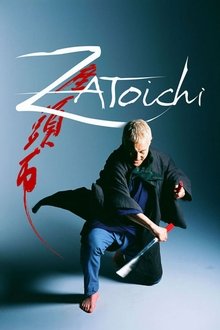
Zatoichi (2003)
Blind traveler Zatoichi is a master swordsman and a masseur with a fondness for gambling on dice games. When he arrives in a village torn apart by warring gangs, he sets out to protect the townspeople.

Flannery (2019)
Explore the life of Flannery O’Connor whose provocative fiction was unlike anything published before. Featuring never-before-seen archival footage, newly discovered journals, and interviews with Mary Karr, Tommy Lee Jones, Hilton Als, and more.
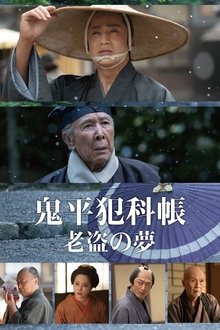
Samurai Detective Onihei: One Last Wish (2025)
Master thief Kinosuke arrives in Edo to pull off one final heist for a tea-server who resembles his long-lost love, while Hasegawa Heizo’s spy Kumehachi tries to stop him, only to be exposed and trapped alongside the thief by Kinosuke's own crew.
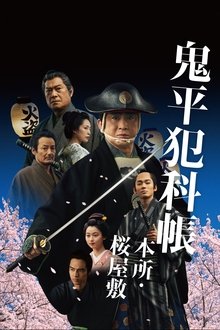
Samurai Detective Onihei: Lawless Love (2024)
A tale of friendship, betrayal, and forbidden love—set against the backdrop of Edo’s criminal underworld. While patrolling the Honjo district, the legendary samurai detective Heizo Hasegawa crosses paths with his old dojo friend, Samanosuke Kishii, and a local ruffian, Hikoju of Sagami. When they discover that Ofusa, the woman they both once loved, has been forced into marriage with a corrupt lord, their reunion takes a dark turn. As secrets from their past resurface, a deeper conspiracy tied to their former mentor begins to unravel—one that will test Heizo’s loyalty, honor, and sense of justice.
